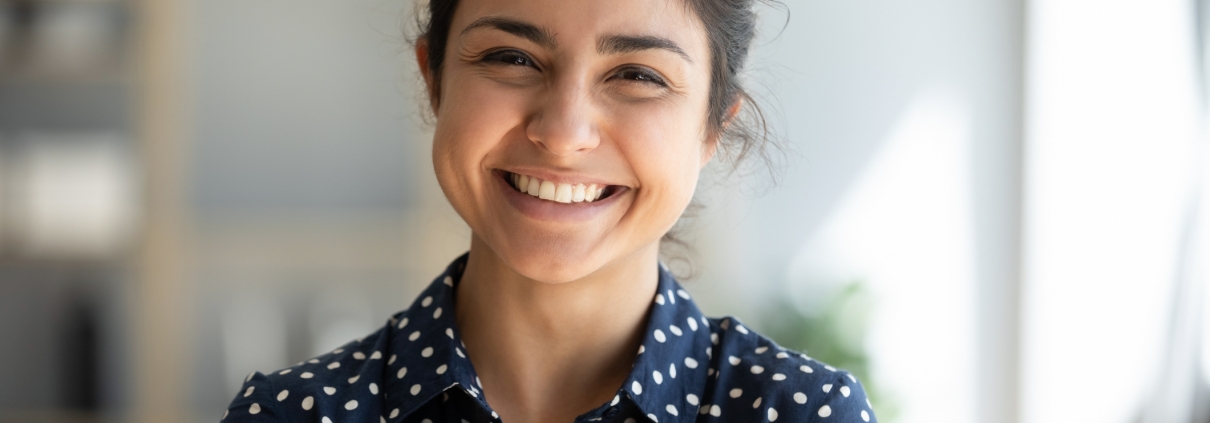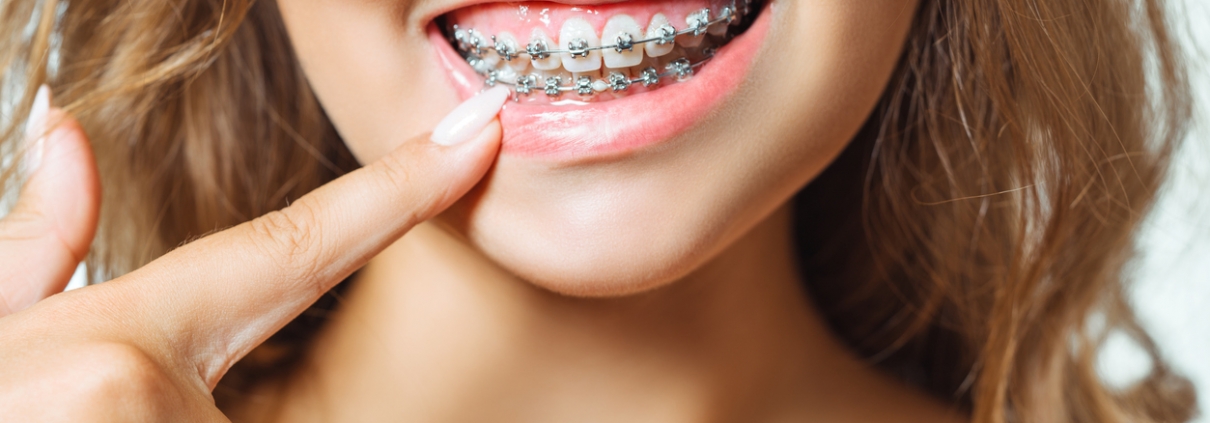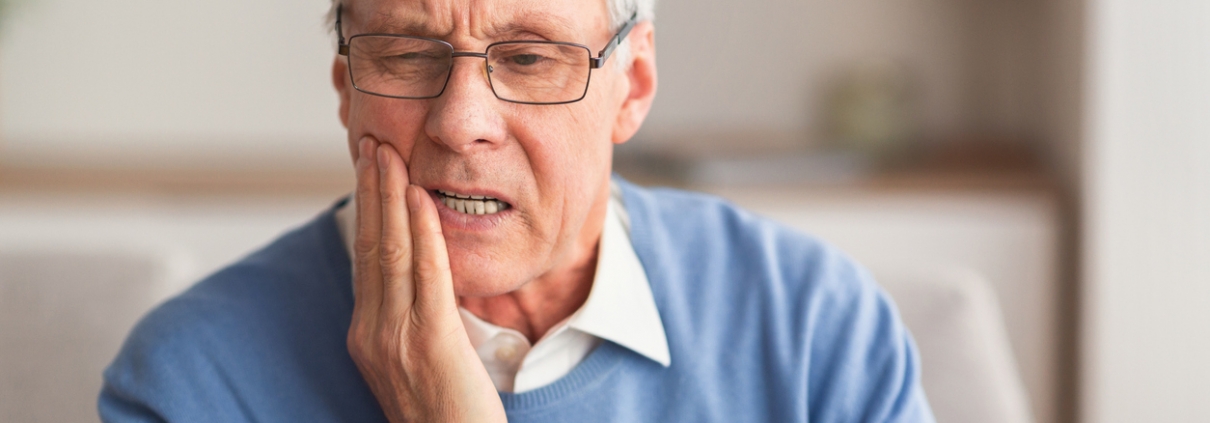You may think that you’re cleaning your teeth enough by keeping up with brushing them daily, but that’s only scratching the surface of oral hygeine. For a complete clean, you need to floss as well. According the dentists, flossing may be even more important than brushing because it can remove bacteria and food particles that toothbrushes cannot reach. If that bacteria is left alone, it can transform into plaque, and if that isn’t taken care of, tooth decay can occur.
Here are some other problems that can occur because of lack of flossing:
- Halitosis (bad breath)
- Gingivitis (Inflammation of the dums)
- Periodontal Disease
- Gum disease
- Cavities
- Heart problems
- Increased risk of dementia
- Increased risk of head and neck cancers
While the last few on the list may seem extreme, they have been linked to those who have an improper oral hygeine routine. It’s never too late to develop a flossing routine, so dig out that sample pack the dentist gave you on your last trip and start today!










